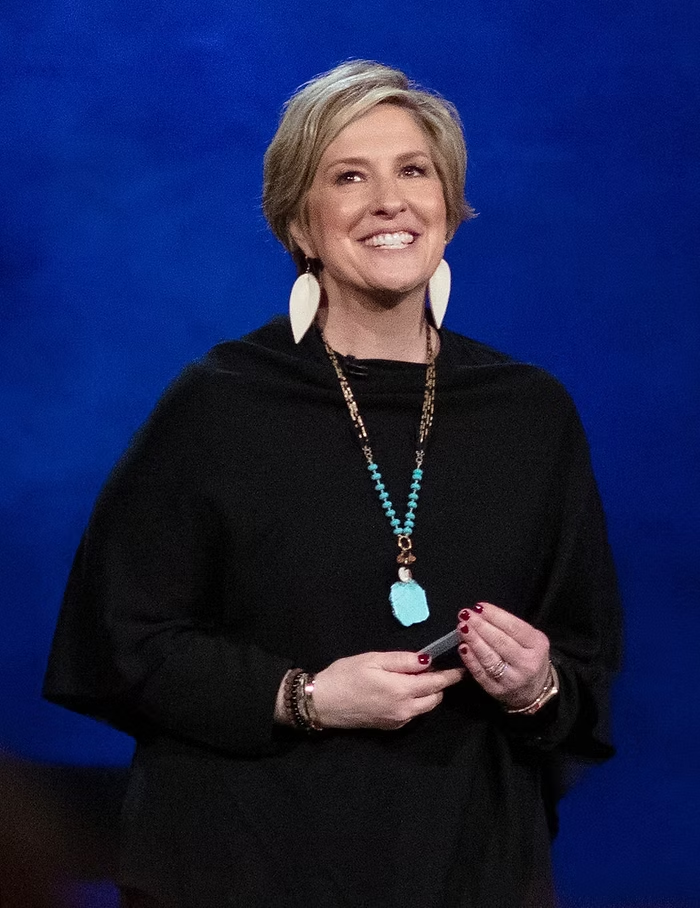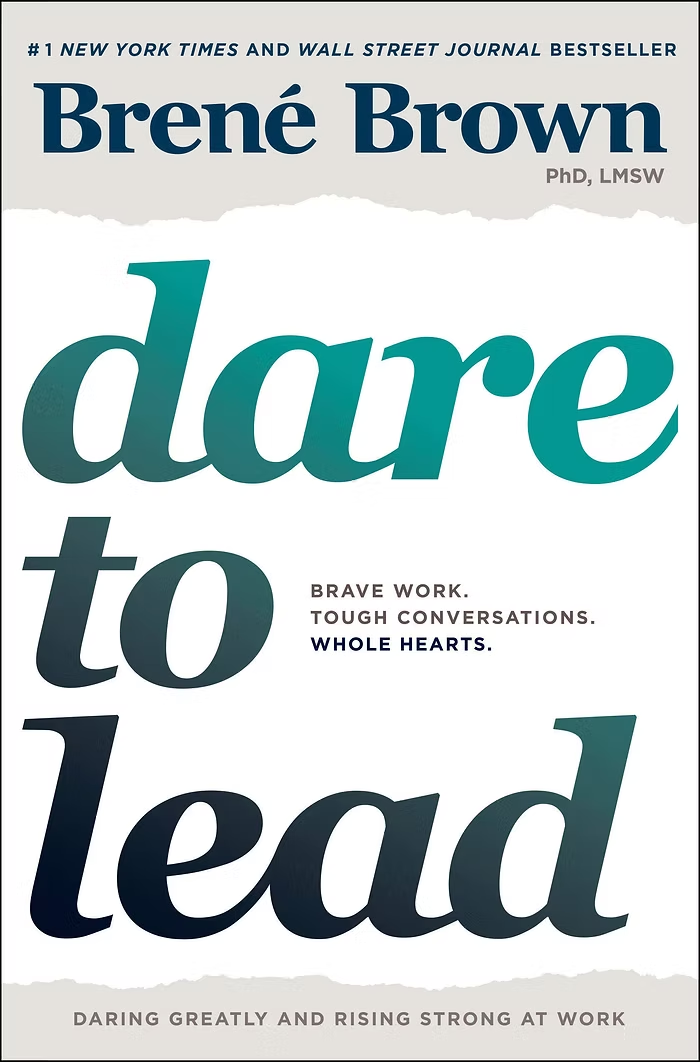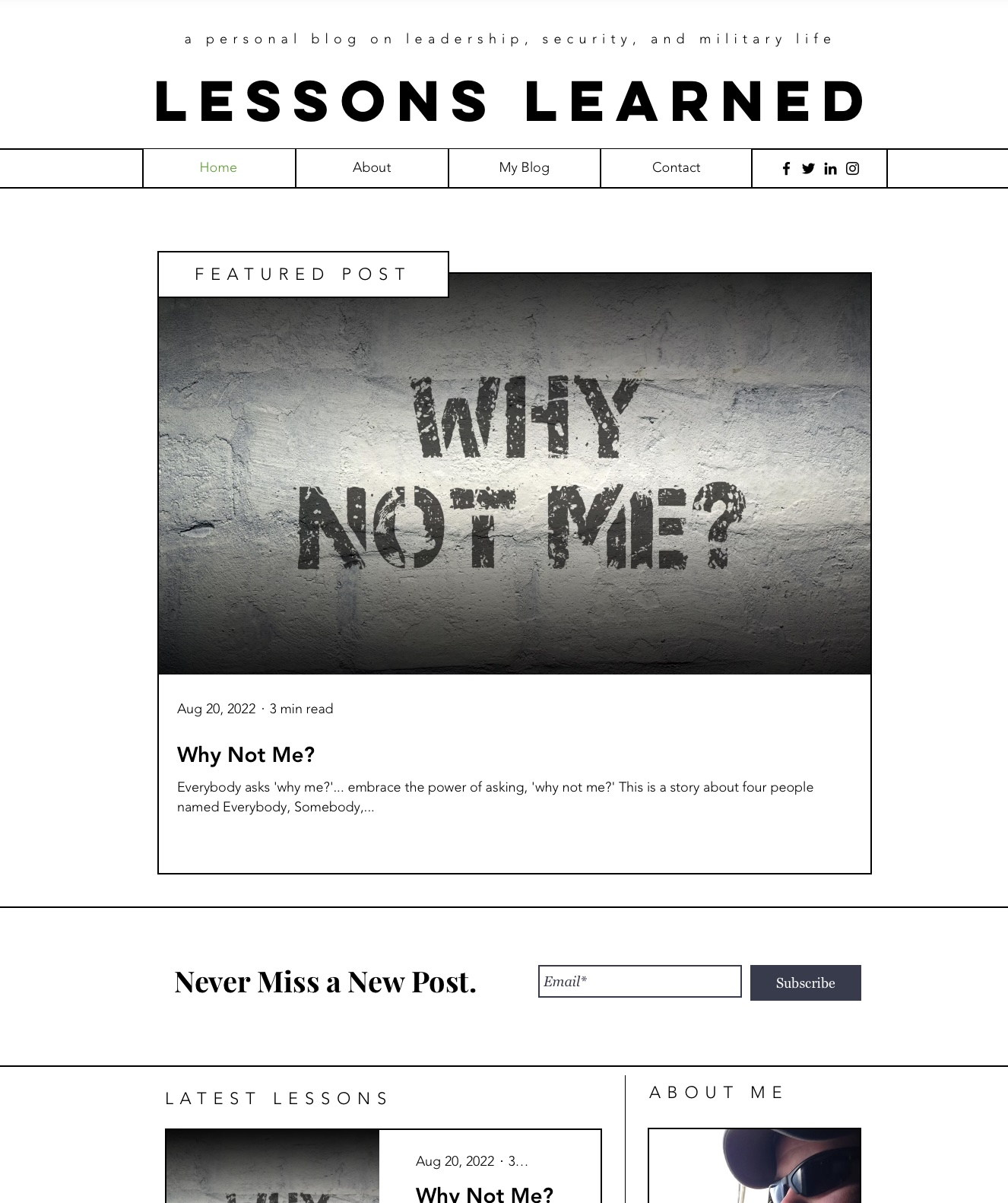“Courage is not the absence of fear, but rather the assessment that something else is more important than fear.” – President Franklin D. Roosevelt
Lessons Learned is a participant in the Amazon Services LLC Associates Program, an affiliate advertising program designed to provide a means for sites to earn advertising fees by advertising and linking to Amazon.com.
I recently finished reading Dr. Brené Brown’s 2018 book, Dare to Lead. Like so many other books that drive to inspire and improve leaders, this one resonated with things I already try to do – or aspire to do. Brown’s thesis is deceptively simple: in order to lead, you must lead with your whole heart. Emotional involvement and personal attachment – often eschewed by those seeking to “keep it professional” – can actually help you forge a stronger team with more productive feedback. In this vein, it’s not dissimilar from another one of my recently-discussed favorites, Radical Candor by Kim Scott.
The core of this idea is courage. President Roosevelt’s famous quote, “courage is not the absence of fear,” sums up how challenging following Brown’s advice can be. Little is more terrifying than allowing yourself to be vulnerable and offering your heart to your organization. It takes courage to overcome this fear, but if you can, the sincerity you can bring to your team can be incredibly powerful. It enables you to engage in those tough, direct conversations with your team.

In my personal experience, I have applied this to teaching resiliency skills and helping fellow Airmen better cope with emotional and mental trauma. I openly discuss the challenges I have personally wrestled with and how I continue to work through them. It is never easy, and it always hurts a little bit, but if showing that a leader among them has sought help, built their coping skills, and continues progressing in their military career helps even one of them, the pain is worth it. This doesn’t mean that you shouldn’t have boundaries; obviously, there is a time and a place that I open up about such things. A staff meeting should not turn into a group therapy session, after all! Additionally, there are simply some things that I consider off-limits, including private family matters, anything that someone else would not like to see disclosed, and protected communication. As I’m fond of saying, “If you don’t have anything to hide, you haven’t lived a very interesting life.”
Another element of this book that really resonated with me was the idea of asking about “the story I’m making up.” She astutely points out that we are all conspiracy theorists. A good conspiracy theory starts with a few factual data points – with gaps. As pattern-seekers, we feel a desperate need to fill in those gaps and to earn that dopamine-producing “ah-ha” moment. Unfortunately, we tend to fill those gaps in with our fears and insecurities. Take a look at every popular conspiracy theory and, you’ll consistently find that pattern. You’ll find that same pattern when you look at the story you’re making up.
A simple example was one night when I came home from a particularly hard day at work. I wasn’t a particularly pleasant person to be around but made it through dinner with my family. My wife had a pretty nasty headache and went to bed early without saying anything. The story my stressed mind was, “Well, I’ve really messed it up now. She must hate me and be super-pissed off.” I fumed over this and filled my head with all kinds of angry defensive thoughts until I paused and asked myself, “What story am I making up?” What did I actually know, and what details were being filled in by an exhausted and stressed mind? I decided to head to bed, where she (thankfully) was not yet asleep and tell her my story. What was her story? She was tired, and the distraction of her headache made her more absent-minded than usual! I was so wrapped up in my head that I didn’t even think about her difficulties or how that could change her mood in a way that had nothing to do with me. I could have taken all of those negative thoughts filling my head and started a fight; I’m glad that I told her the story I made up… and grateful for her patience!
As much as this book resonated with me, my one significant criticism was her reliance on specialized jargon and corporate buzzwords. I understand that she also makes an income based on selling leadership development seminars, workbooks, etc., but all too often I felt like some of the terms were just another way of describing human relationships in an easily-trademarked fashion. Instead of a meeting, we have to get together with teammates for a rumble. We must bravely drop our armor to be successful in the arena. While I appreciate a good metaphor as much as anyone, I found some of the terminology distracting and a bit pretentious. We had our rumble, and I was frustrated because nobody painted done. Ugh.
Conclusion
Dare to Lead is a phenomenal book that offers tools that can help you to lead with your heart more effectively. I find a lot of value in leadership styles that blur the line between the personal and the professional, leaving room for emotion. Because we aren’t robots, emotion needs to be acknowledged and embraced as a skill on par with logic. As with any skill, you can sharpen it. Despite Brown’s relentless jargon, she offers some excellent tools that can hone those emotional skills and make you a better leader and communicator. Despite what it sounds like, exposing vulnerability does not make you weak; it shows how strong you are. If you’re interested in a brief overview of some of Brown’s core ideas, I recommend you check out her 2010 TED Talk (below).


